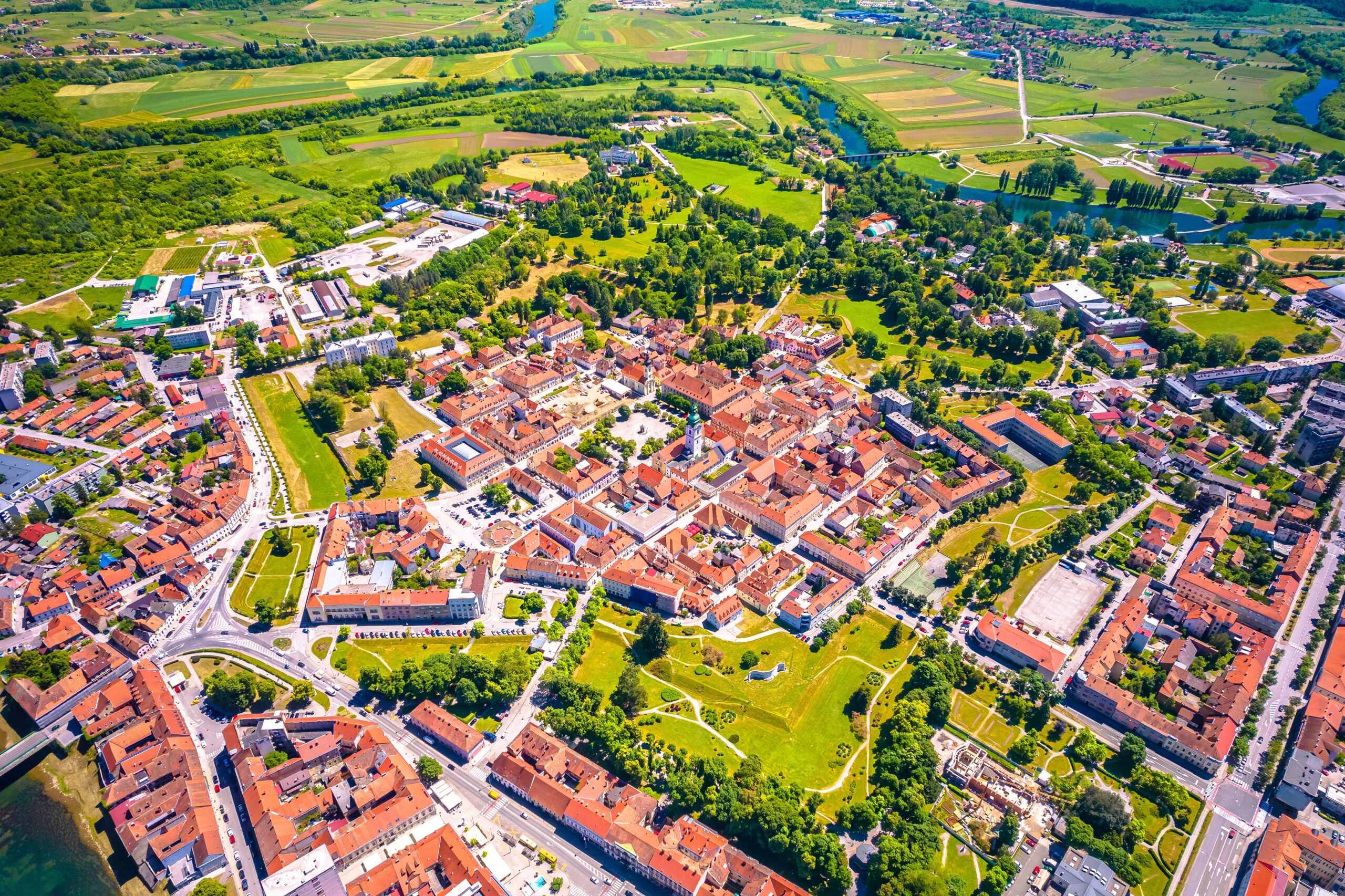To construct a comprehensive understanding of Zvijezda’s energy landscape, the project team gathered data from multiple sources, including Geographic Information System (GIS), Spatial Planning Information System (ISPU) and Geoportal, the National Energy Certificate Database (IEC), and household surveys on energy consumption patterns and preferences.
The complex and fragmented energy systems in Zvijezda posed significant challenges. The district relies on a mix of electricity, natural gas, fuel oil, wood biomass, and district heating, but detailed information on heating systems at both the building and apartment levels remains inconsistent. To bridge this gap, advanced modelling methodologies were employed, integrating field survey data with national and regional databases to accurately estimate energy demand for most buildings.
Research and Development of Energy Renovation Models
Ensuring the accuracy of energy models and proposing the most effective renovation measures requires a thorough analysis of existing guidelines and scientific research. The project team reviewed key resources, including:
- Recommendations for the Application of Energy Efficiency Measures to Architectural Heritage
- The Energy Renovation Program for Cultural Heritage Buildings by 2030
- Guidelines for Energy Renovation of Buildings with Cultural Heritage Status
In addition, the Library of Buildings has been significantly expanded and consolidated, serving as a robust knowledge base for decision-making. Using this data, detailed energy models are being developed to assess the impact of energy efficiency measures across multiple levels, from individual buildings to entire neighbourhood blocks, including public infrastructure such as lighting and transportation.
Addressing Key Challenges
Zvijezda presents a unique set of challenges for energy efficiency improvements and decarbonization analyses, including
- A highly diverse building stock, encompassing different architectural styles and historical periods,
- Significant variations in materials, façade types, roof structures, and insulation quality,
- A deteriorating building condition, exacerbated by age, seismic activity, and prolonged neglect,
- A lack of systematic records on heating systems and energy usage, complicating precise modelling.
Further compounding these challenges, approximately one-third of the spaces in buildings remain vacant, making it more difficult to implement energy-saving measures and develop decarbonization strategies. However, despite these obstacles, the ZEB4ZEN team has successfully established a standardized methodology for energy modelling and sustainable renovation planning.
Towards a More Sustainable Future for Zvijezda
Through its activities, the project has identified gaps and opportunities for improvement in data availability, institutional collaboration, and database integration. The lack of a unified system for accessing comprehensive energy data has posed challenges, underscoring the need for stronger cooperation, improved transparency, and better connectivity between institutions and databases. Addressing these shortcomings will be crucial in streamlining future energy efficiency efforts and ensuring more precise neighbourhood-level modelling and planning.
The ZEB4ZEN project plays a vital role in advancing European decarbonization targets, particularly in historically significant urban areas like Zvijezda. By integrating cutting-edge data analysis techniques and holistic energy modelling approaches, the initiative is laying the groundwork for a sustainable, energy-efficient, and culturally sensitive urban transformation.
This forward-thinking approach not only preserves Zvijezda’s architectural heritage but also actively improves the quality of life for its residents, ensuring that the neighbourhood evolves into a modern, resilient, and energy-efficient urban environment.
